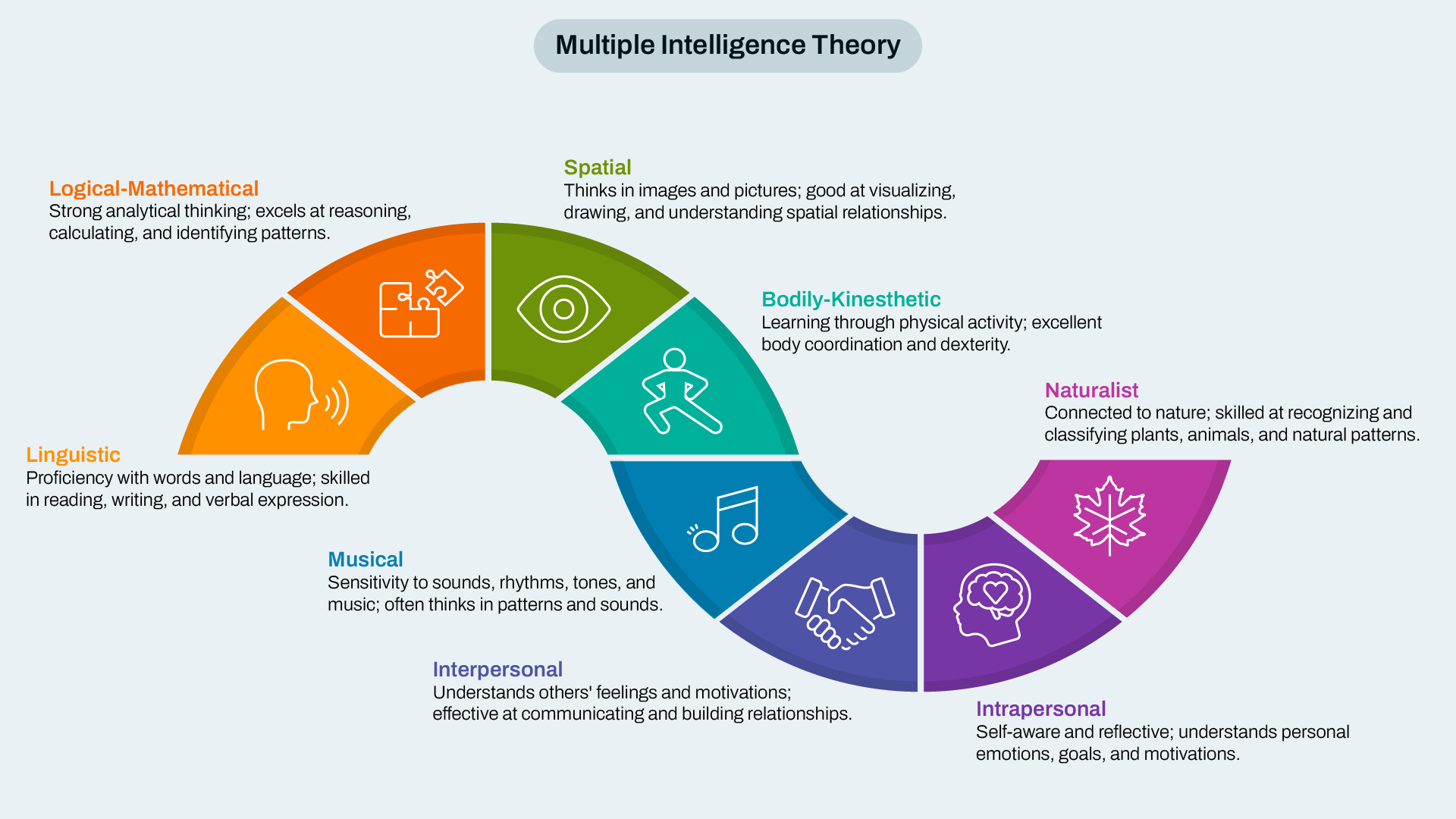
"Gardner's theory presents a revolutionary perspective on intelligence, asserting that there are eight distinct types, including linguistic, logical-mathematical, spatial, and more, pushing for a broader understanding of human capabilities."
"The emphasis of Multiple Intelligence Theory lies in its application to education, advocating for personalized teaching approaches that cater to the various intelligence types rather than just conventional methods."
Howard Gardner's Multiple Intelligence Theory, introduced in 1983, challenges the traditional notion of intelligence as a singular entity. He identifies eight distinct intelligences that encompass different cognitive faculties, including linguistic, logical-mathematical, spatial, and more. This approach underscores the idea that individuals learn and process information differently, advocating for educational systems to recognize and celebrate such diversity. By moving beyond a narrow focus on linguistic and logical abilities, educators can develop more inclusive teaching methods that cater to a wider range of learning styles and strengths, ultimately enhancing student engagement and success.
Read at eLearning
Unable to calculate read time
Collection
[
|
...
]